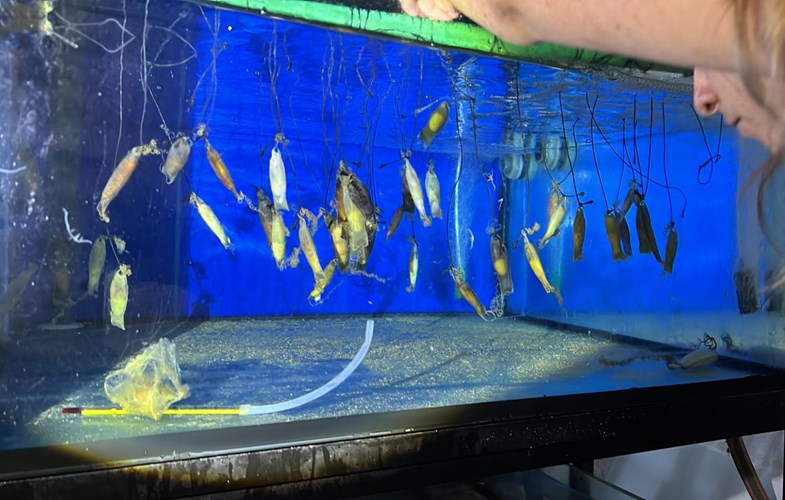

Saving cat shark eggs together with Diving Rovinj
Eggs in the Depths
Eggs in the Deep was created as a conservation project for the catshark population, which is well on its way to ending up on the endangered species list in Croatia due to bycatch.
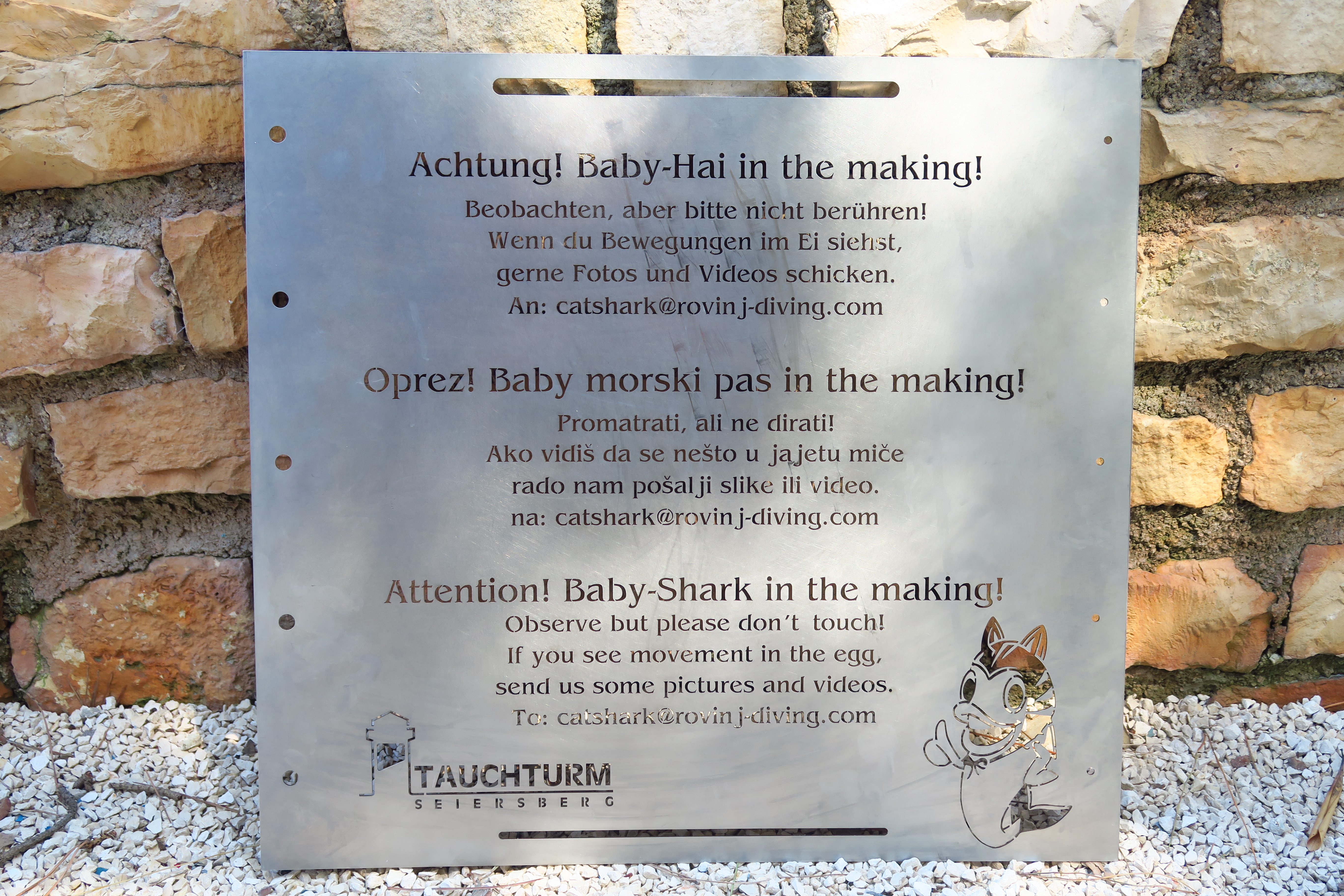
© Harald Minarik
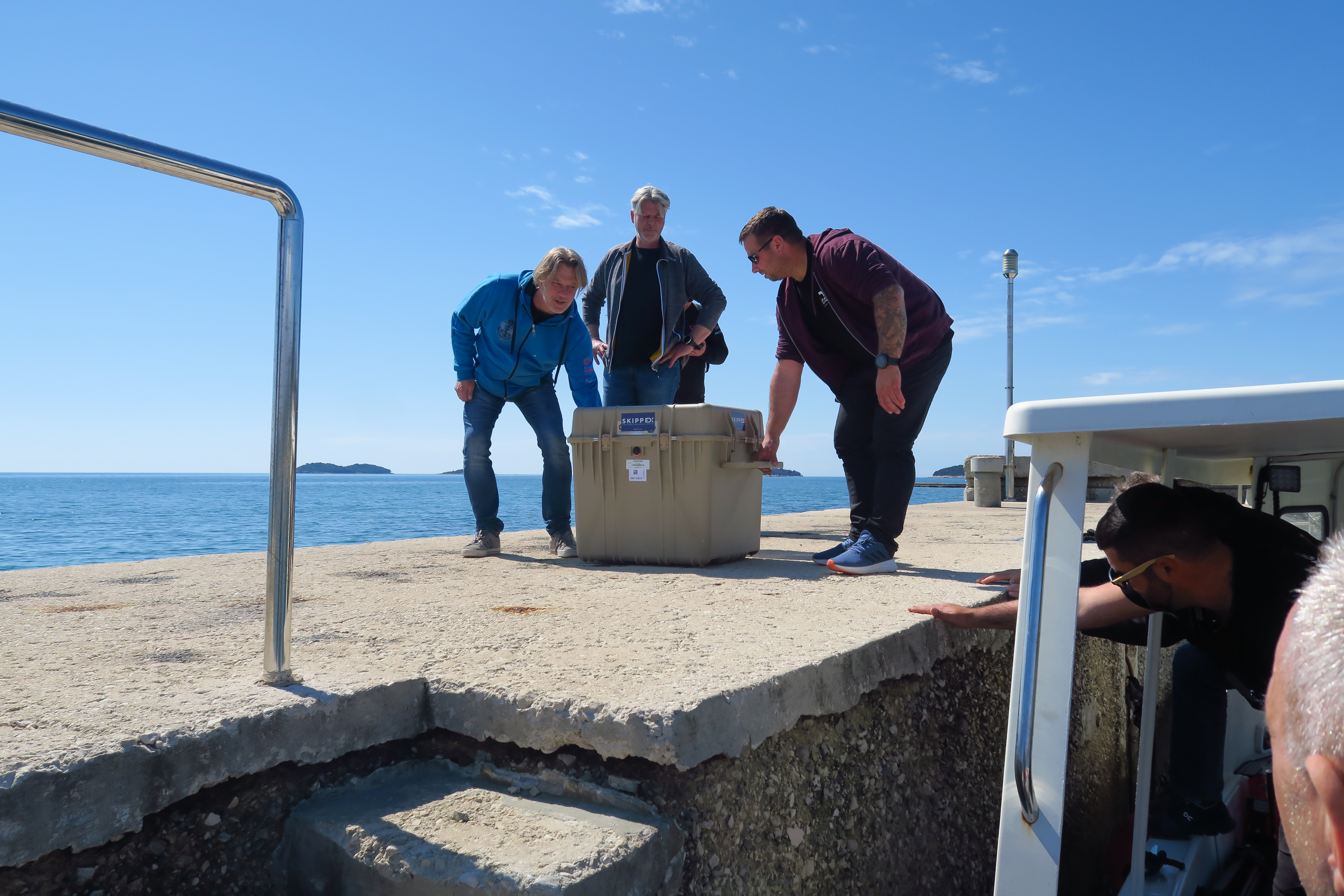
© Harald Minarik
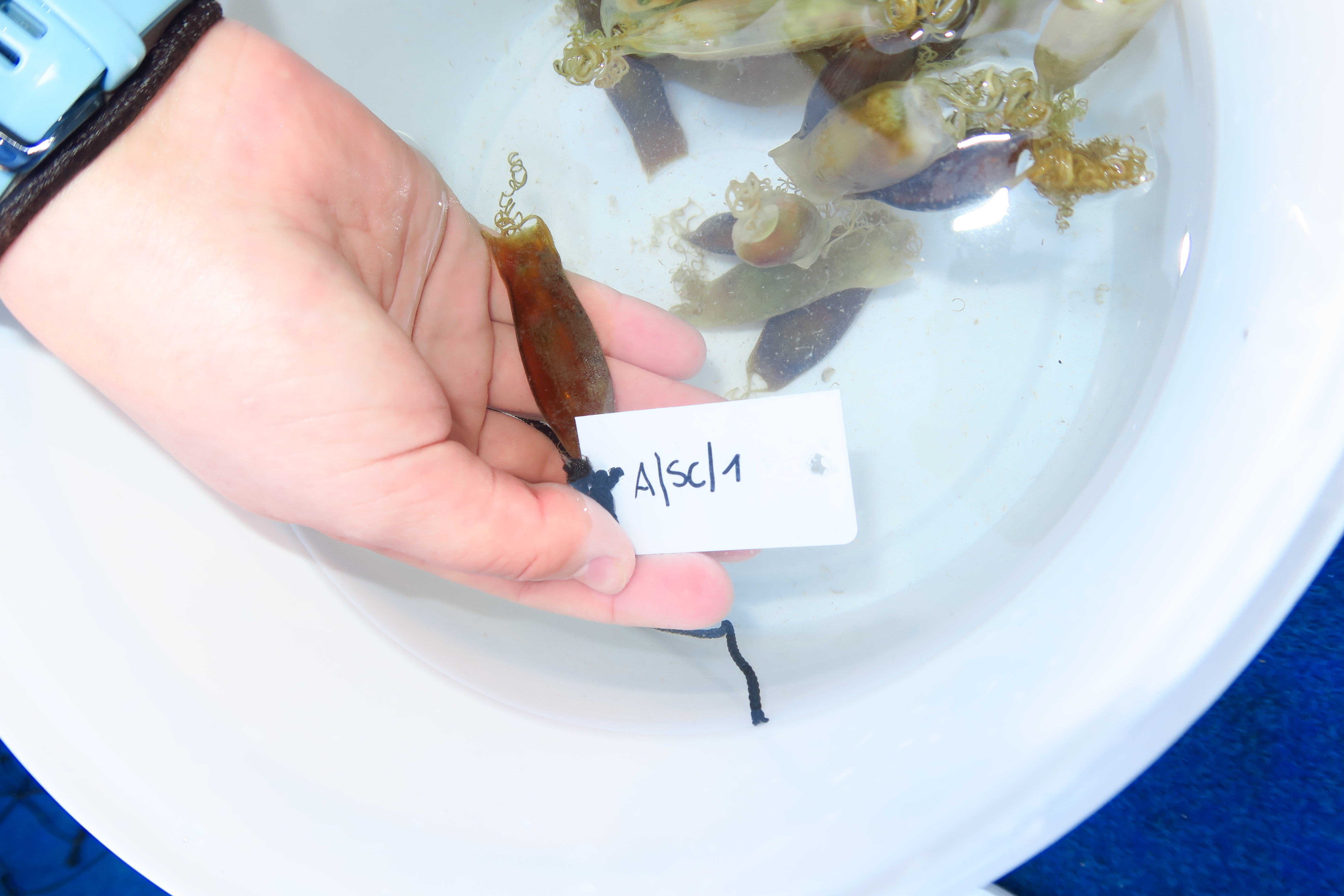
© Harald Minarik
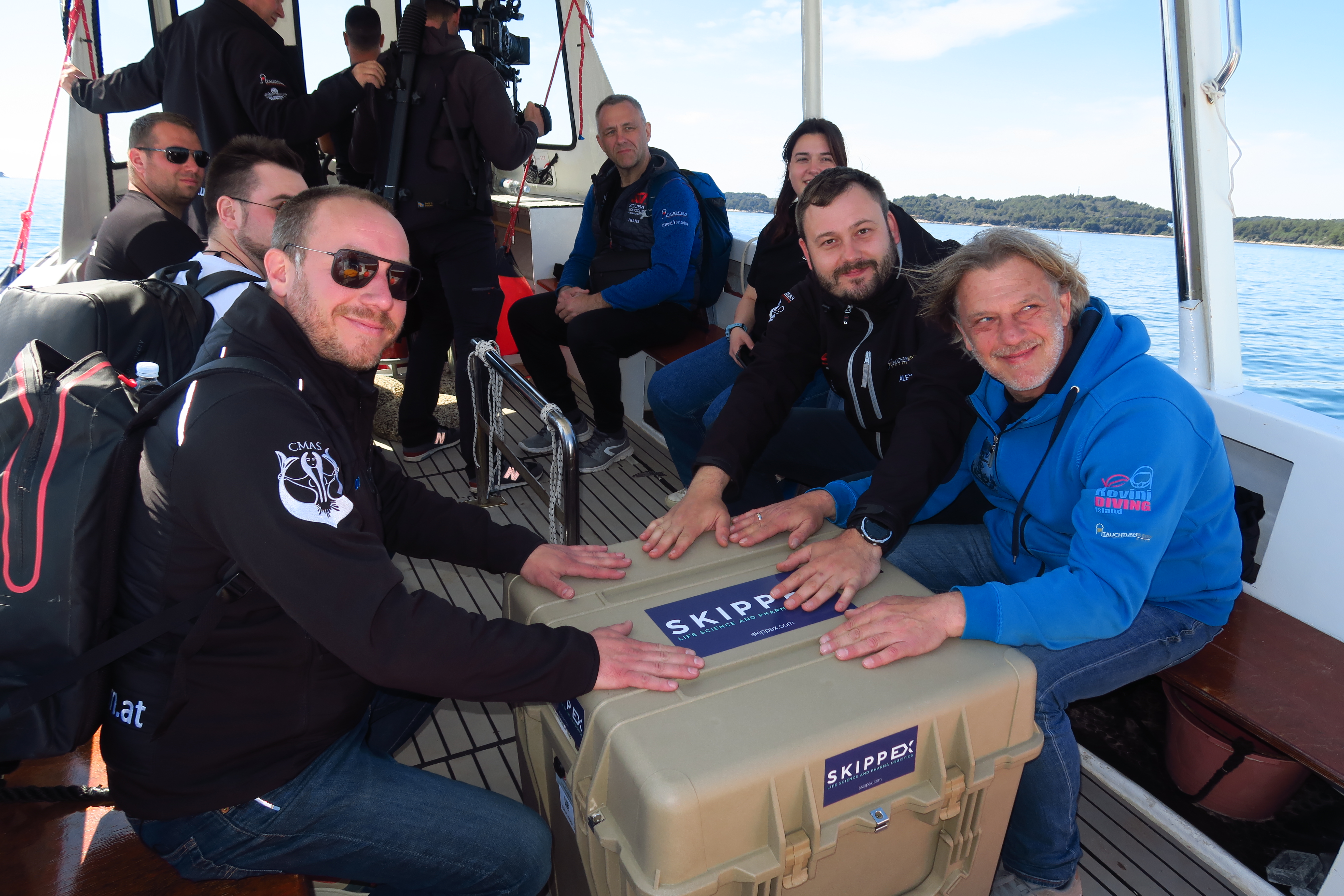
© Harald Minarik
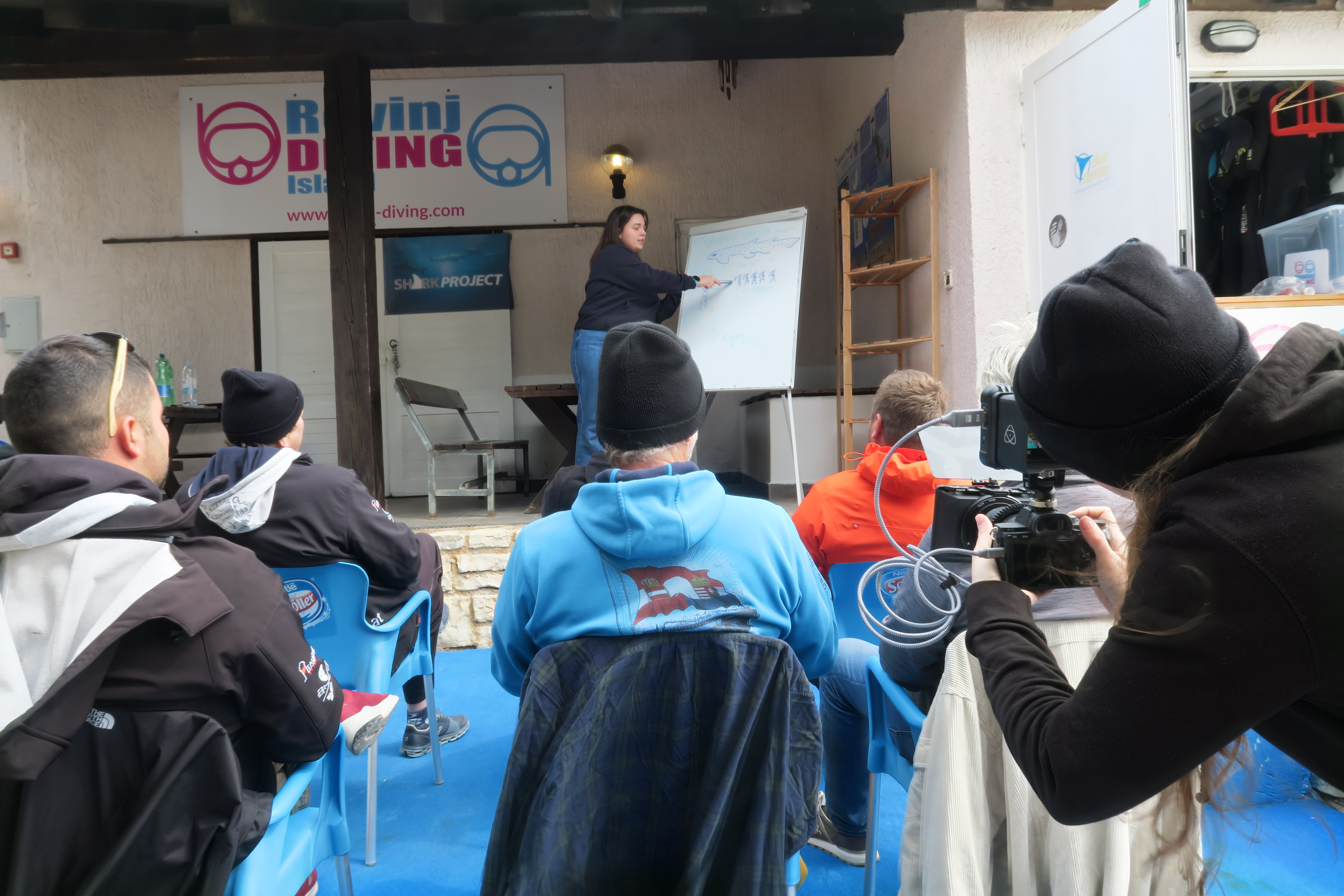
© Harald Minarik
It all started in 2020, when the team from the Seiersberg/Graz dive center took over the Diving Rovinj dive center. The dive guides quickly realized that the catshark population, which is divided into three subspecies in Croatia, is severely threatened. The shy hunters are mainly caught as by-catch in fishing nets and could therefore hardly be observed during a dive.
Project manager Christian Kozmuth contacted the aquarium in Pula at short notice. Together it could be negotiated that the fishermen check the caught catsharks for eggs and deliver them to the aquarium. Unfortunately, it was only a nice fantasy that the eggs could be easily released into the sea. Initially, only a fraction of the eggs hatched into small catsharks. In the meantime, the procedures have been perfected. At the Pula Aquarium, they are slowly and gently prepared for the sea temperature. Only then are they picked up by volunteers and transported to Rovinj in containers at exactly 13°C.
The so-called CATSHARK RANGERS of the diving center have tied a rope at a current-active place in a depth of 20-25m. Before going into the water, biology student Sarah Förster carefully attaches strings and identification tags to the eggs. The divers then attach these strings to the rope, where the eggs can mature under natural conditions. With the improvements made over the years, by 2023 we hope to have approximately 90% of the 200 catshark eggs hatch and be viable.
At least twice a week, Sarah Förster visits the eggs and documents the progress. For the new egg deliveries, suitable locations are selected to perfectly prepare the little catsharks for life off the Croatian coast.
In the meantime, the diving center offers excursions to the hatching stations, where interested divers can expand their knowledge about cat sharks in at least 3 dives. This is to make divers aware of the importance of the marine ecosystem.
Background information about the project
Project goals
- Conservation of the catshark population in Croatia / Rovinj
- sensitization of local fishermen
- scientific knowledge about the reproduction of the catsharks
- to make divers aware of the importance of the marine system
Partner
- Tauchturm Seiserberg/Graz, Österreich
- Rovinj Diving, Kroatien
- Aquarium Pula, Kroatien
- Sharkproject Austria
- SKIPPEX Gmbh, Austria
Responsible
Project Management
- Christian Kozmuth (Diving instructor of the Tauchturm Seiersberg)
Involved
- Sarah Förster (biology student)
Sharkproject support
- Harald Minarik
Location
The so-called "Red Island" off Rovinj in Croatia. There, a protected section was created to protect the eggs, but at the same time allow the young catsharks to swim out unhindered.
Project duration
The first eggs were released in 2020. The current project duration is April 2023 to September 2023. As long as cat sharks continue to be fished as bycatch, we expect the project to continue each spring.
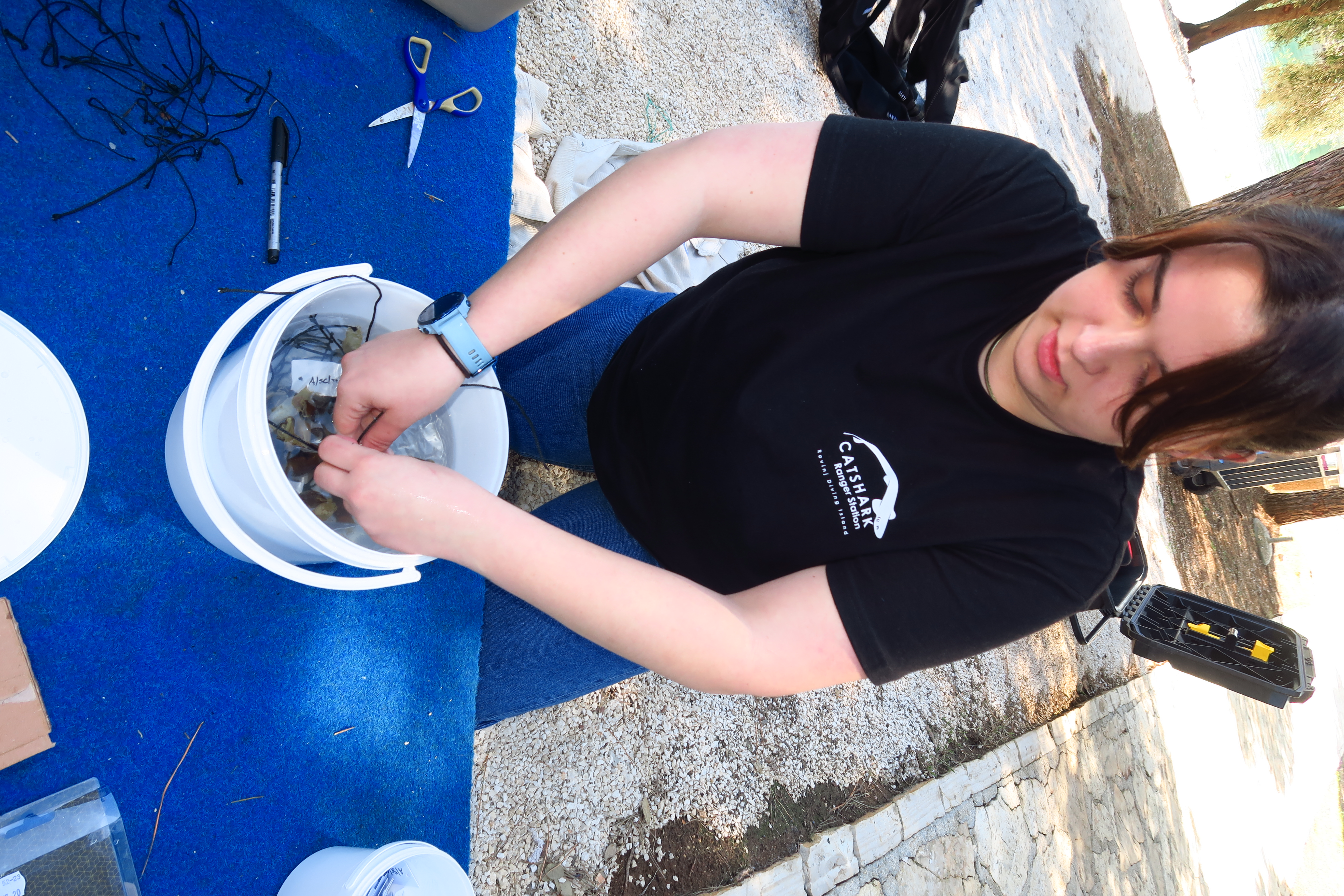
© Harald Minarik
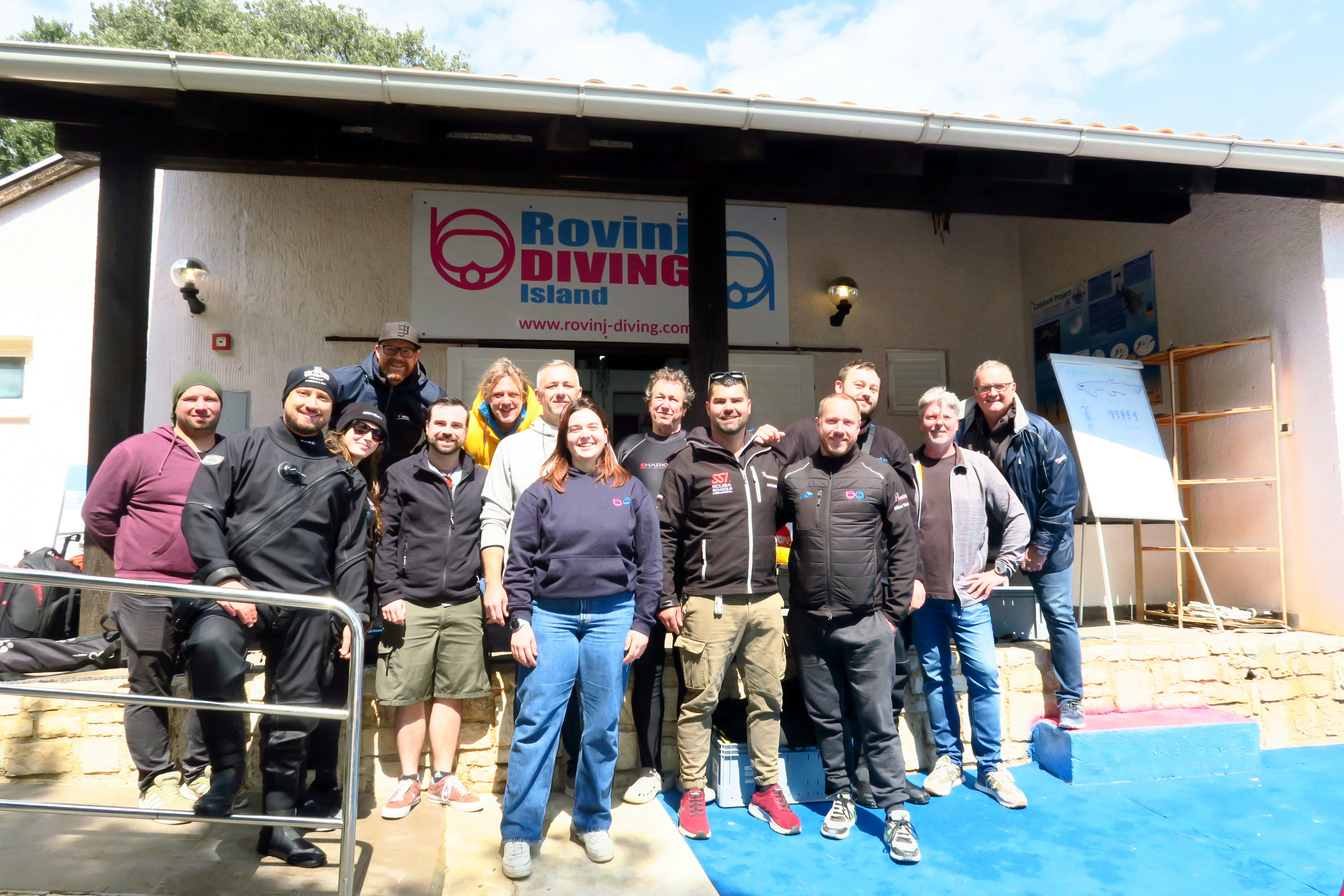
© Harald Minarik
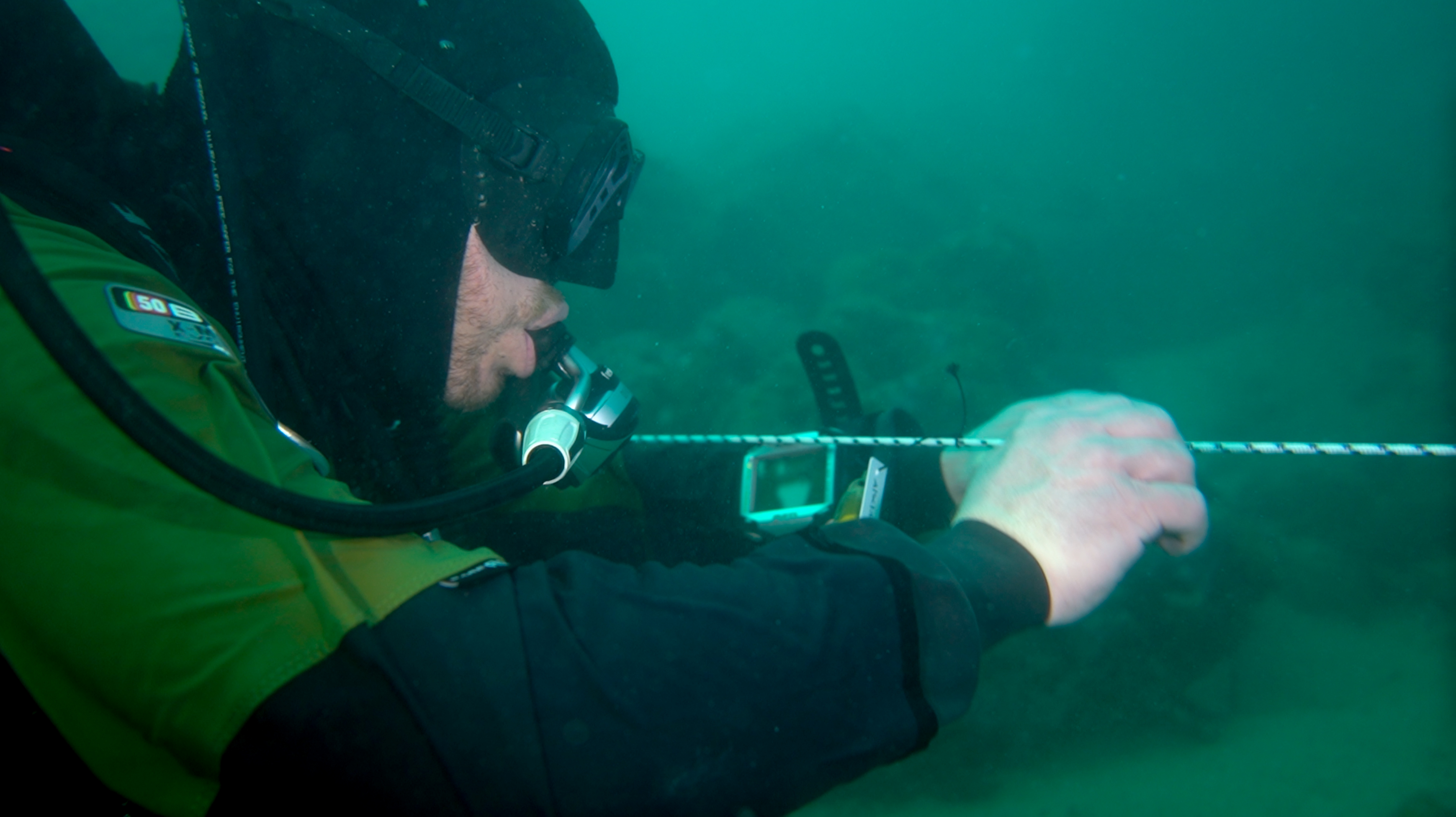
© Sabine M. Probst
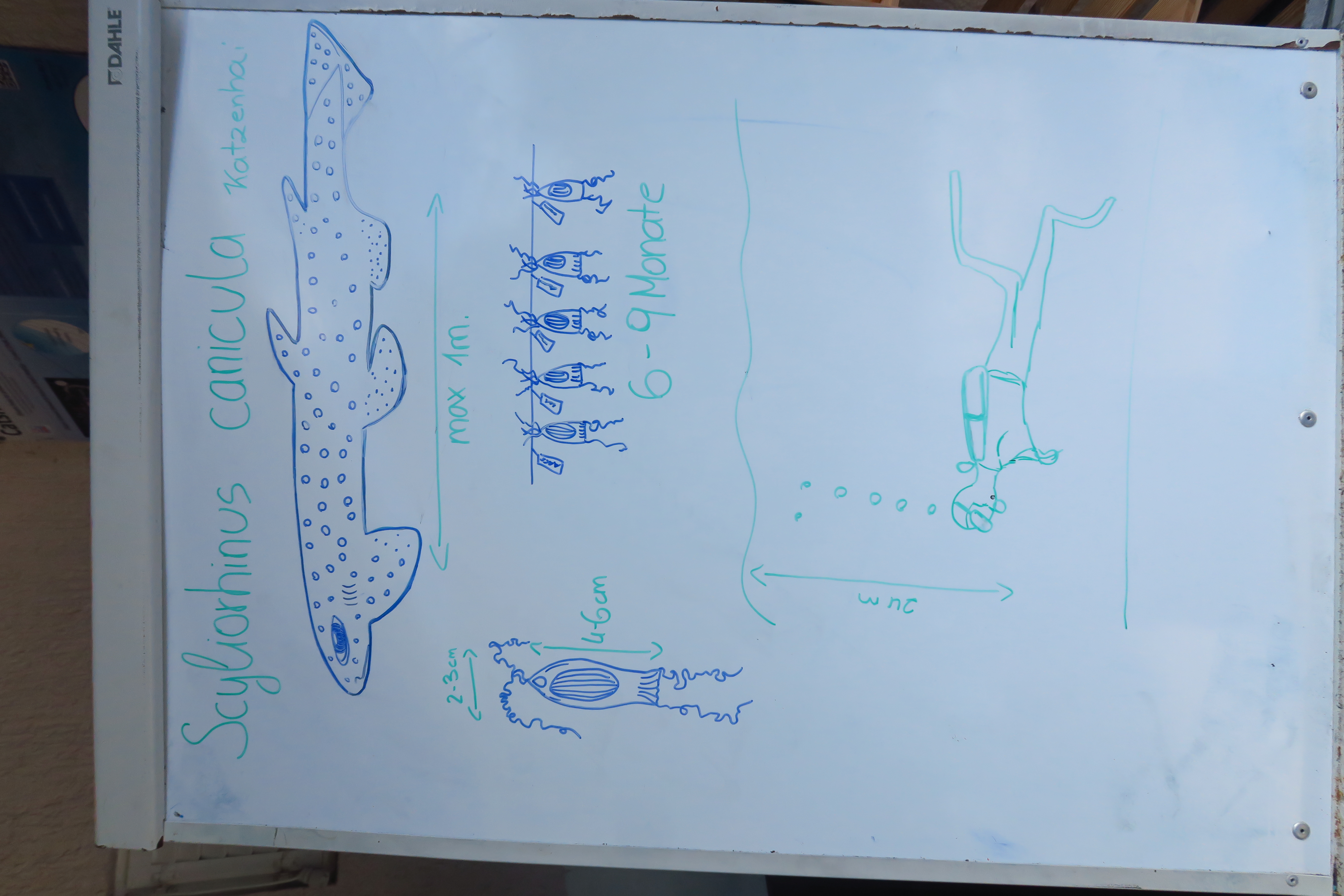
© Harald Minarik
Project history
2020: the team of Tauchturm Seiersberg takes over the diving center Diving Rovinj
2020: after recognizing the dwindling population of catsharks, contact is made with the Pula Aquarium
2020: the first 60 catshark eggs are delivered and released.
2021/2022: after initial high mortality rate, live hatch rate can be massively increased
2023: guided dives to the sharks are offered for those interested after prior instruction.
Technological and biolocical aspects
A short excursion into the world of cat sharks as well as the processes involved in preparing and releasing the eggs.
Catsharks
In Croatia, a total of 3 subspecies of cat sharks are known. They owe their name to the cat-like eyes. Most of the animals do not even grow to a meter in size. The small hunters are very shy, which is why divers rarely get to see them.
Their diet consists of smaller creatures such as annelids (tubeworms), crustaceans, cephalopods (e.g. squid) and echinoderms such as starfish
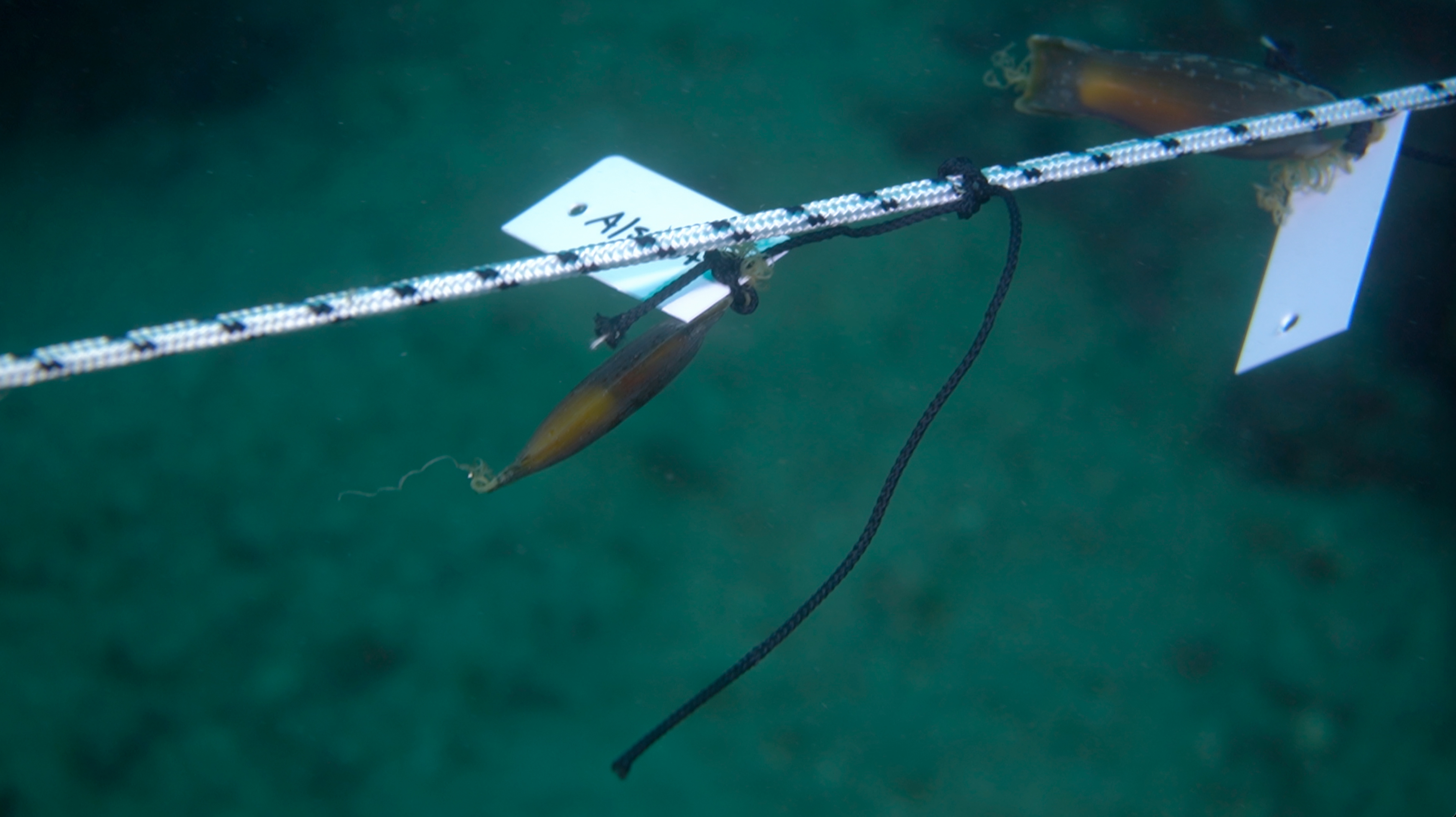
© Sabine M. Probst
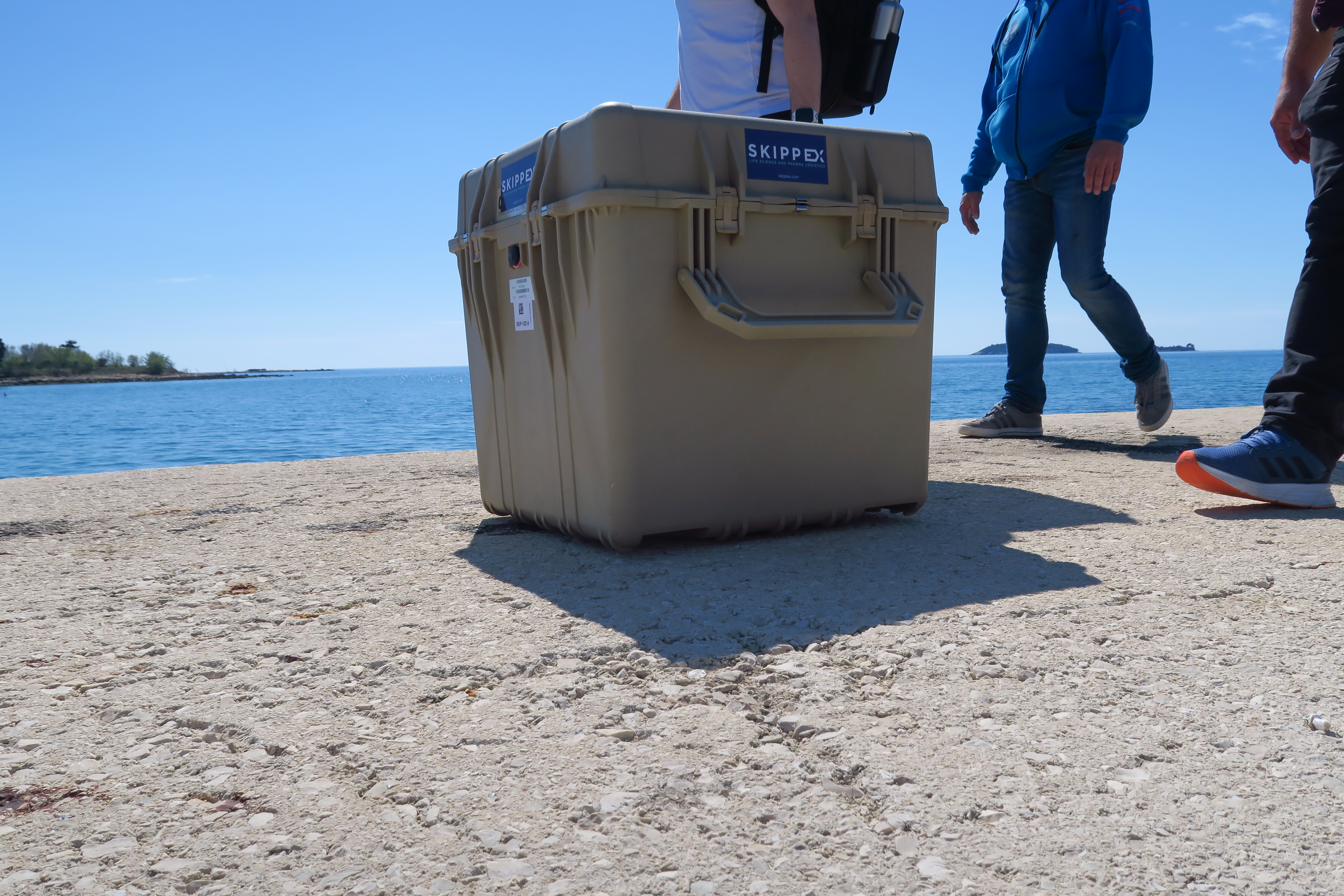
© Harald Minarik
Eggs in the deep
Instead of hatching the eggs in an aquarium and then laboriously releasing the sharks into the wild, the catsharks are now allowed to hatch naturally directly in the sea.
During the first transport 60 eggs were delivered from Pula to Rovinj in a Crēdo DURACUBE™ temperature controlled shipper (see photos). They are built using high performance PCM (phase change material) for coolant and VIPs (vacuum insulated panels) for superior insulation for more than 96hrs.
The eggs themselves are very stable and resistant.
It took biology student Sarah Förster about 90 minutes to attach the strings and markings. They are then returned to the transport box and taken by boat to the selected, current-rich site. With simple buckets, five divers take the eggs to about 20-25m, where a rope is already stretched. Only half an hour later all eggs are tied to the rope.
After about 6 to 9 months of incubation, the time has finally come: the baby catsharks hatch. In 2023 already 200 eggs are released and we hope for a live rate of about 90%.
Directly at the hatching site, an underwater sign points out the eggs to the divers in three languages (German, Croatian, English). The eggs should not be touched, but gladly filmed and photographed and the pictures sent to
Ideally, this project would not even be necessary if the mother sharks did not end up in the nets in such large numbers. But we are glad that in this way we have a chance to preserve the populations and at the same time learn a lot about reproduction. These findings can also be very valuable for future conservation projects and the establishment of marine protected areas.
